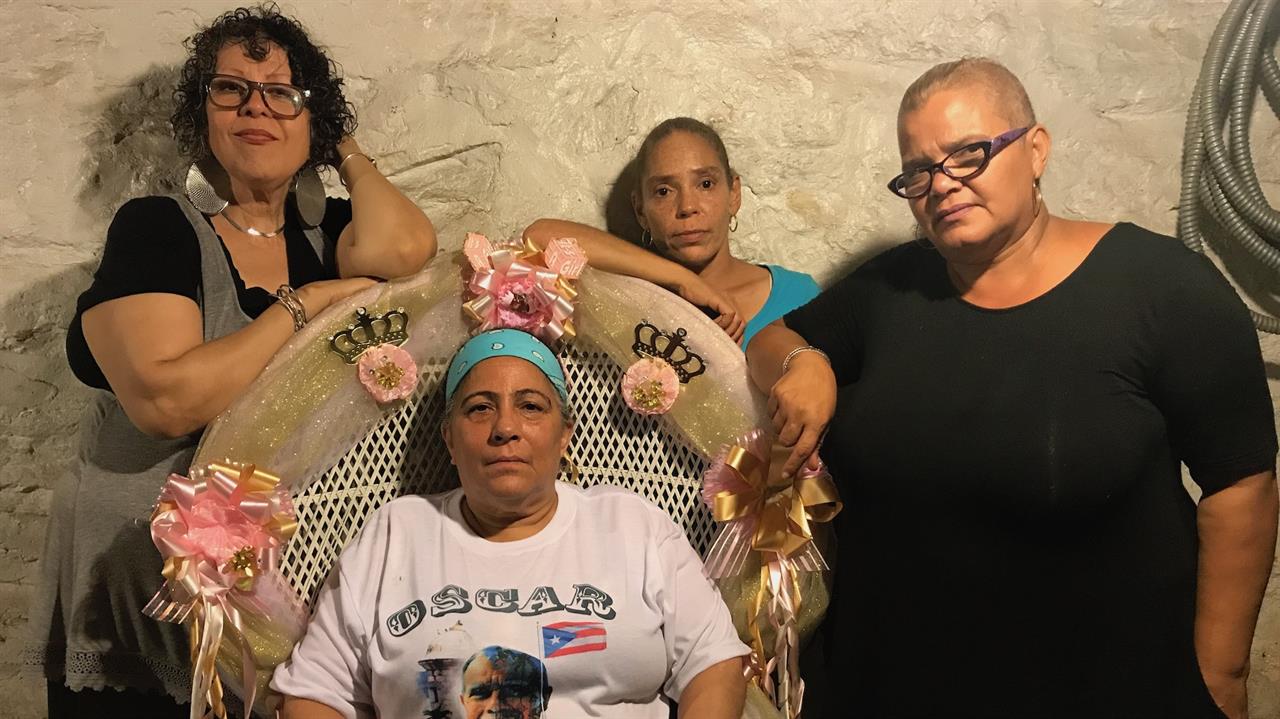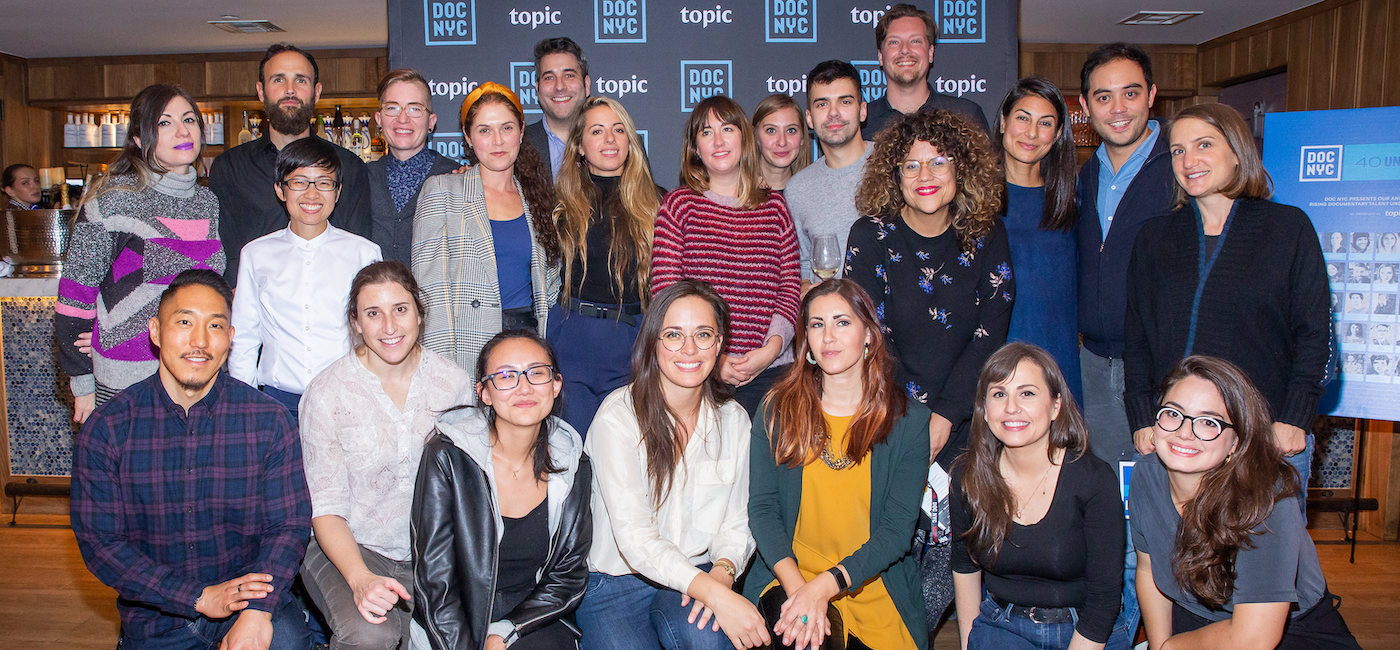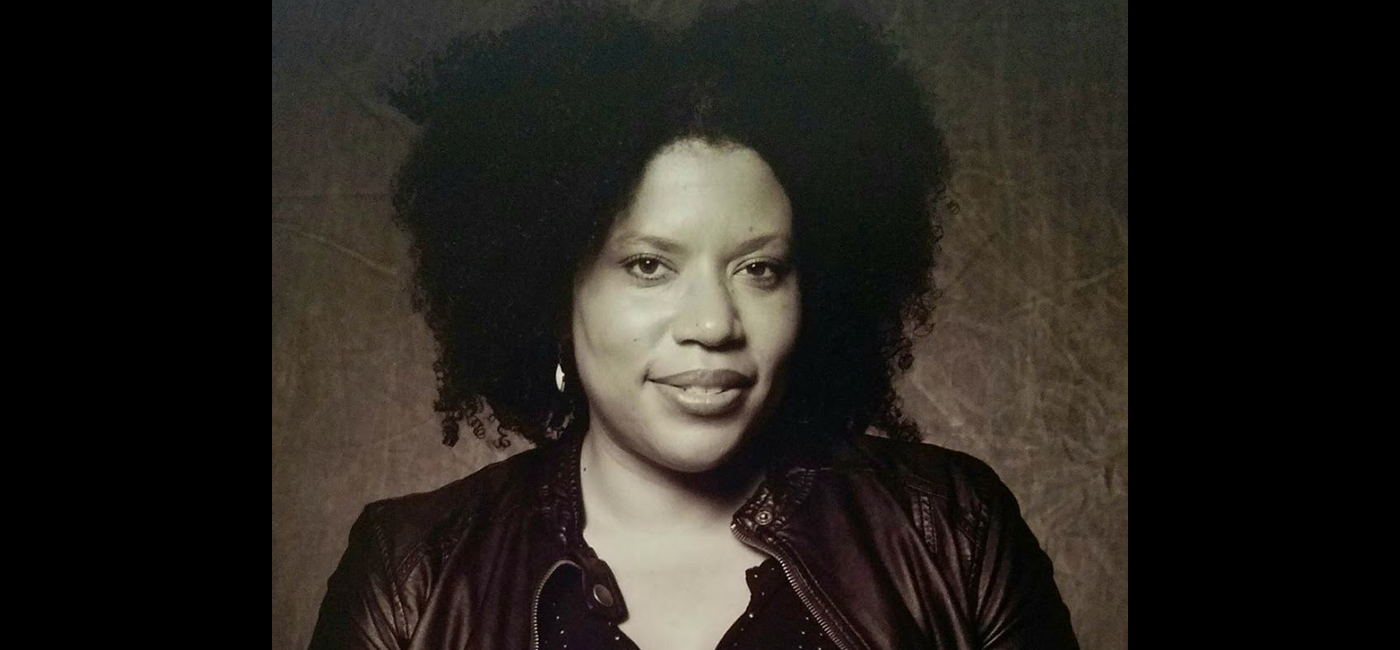DOC NYC 2010: The Road to DOC NYC

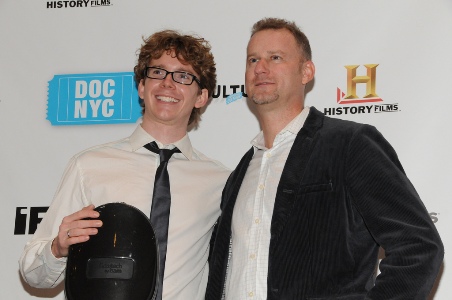
In the span of just a few minutes before and after his film “The Road to Carnegie Hall” premiered at DOC NYC, director Stephen Higgins uttered the word “charmed” or a variation at least four times.
“Watch people that are charming and likeable. Sit back and allow yourself to be charmed,” he suggested to the audience before the film.
“A lot of the interviews were done by crews we didn’t even know,” he said afterward. “But they were charmed enough to do really good interviews.”
Amid all the significant but decidedly uncharming issues that documentaries delve into so meaningfully, Higgins couldn’t resist a different meaningful side of life: insights into the sort of people who would submit online auditions for a “YouTube Symphony Orchestra” with the dream of then traveling to New York for
two days of rehearsals – and then a concert in Carnegie Hall.
“I wanted to meet charming people,” he explained.
So he got on the phone and started rounding up a crew. And another crew. And another and another and another. Eventually Higgins got himself crews in 13 countries over 10 days , enabling the film the capture the moment when some of the musicians learned they’d been accepted — or not accepted – into the orchestra.
From there, we see the lives of several of the young musicians in countries from Brazil to Italy to Japan to Austria as they get ready to get to Carnegie Hall. Once they arrive in New York, we join in their wide-eyed tour of the city – riding the Staten Island Ferry past the Statue of Liberty, touring Central Park by horse-drawn carriage, trying to make sense of a MetroCard machine. For the jaded among us, seeing the city through their eyes is … well, charming.
Then there are the rehearsals. Two days to prepare 96 musicians from more than 30 countries, some of whom had never played in an orchestra, none of whom had ever played with each other, to perform 15 diverse pieces. Conductors Michael Tilsen Thomas and Tan Dun infuse the rehearsals with infectious encouragement and optimism while in front of the musicians – while looking at times a bit uncharmed and a lot worried when not at center stage.
And then, the performance. A miracle and a joy.
DOC NYC Artistic Director Thom Powers told the audience in NYU’s Skirball Center about the first time he saw the film: “It just popped.”
“I was just taken away by its emotion and powerful conveyance of music and the excitement of the creative process. And I immediately had a vision of showing it in this hall,” he said.
Powers’ vision, as seen throughout the DOC NYC festival, also involves layers of all different forms of storytelling, sometimes by themselves, sometimes blending together in thought-provoking, emotion-inspiring ways. And so Skirball Center transformed gracefully from a movie theater to a concert hall as young cellist Joshua Roman, a member of the YouTube Symphony Orchestra, took the stage to enchant the audience with three solo pieces.
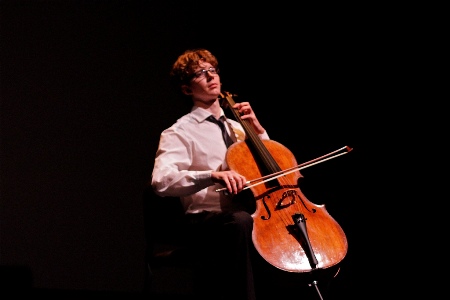
And then, yet another layer in this story. Among the pieces that Roman chose was a sonata by George Crumb that he said was first published not as sheet music, but in Life magazine – a decades-earlier example of classical music being promoted in popular culture, “just like the YouTube Symphony.”
–Paula Froke
(Feature photo by Eric Glatt; Joshua Roman by Simon Luethi)


